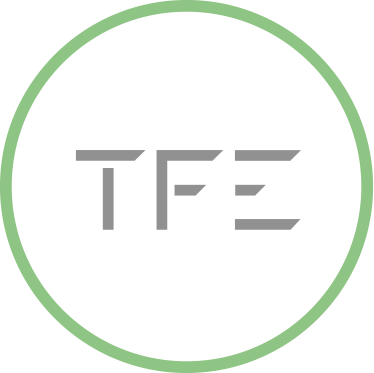Archives
Julian Eyre | published on 20th October 2017
What’s on your bucket list?
Very few consumers will buy a product without knowing the cost of the item, and even less would agree to this concept for every purchase they make. How can you ensure you are paying the market rate? Separately, if you intend to sell the item on to a third party, how can you price the sale transaction when the cost of the purchase is unknown?
No firm would willingly establish this as a standard working practice and state they are in total control of their profitability. However, this scenario has existed for many years in the Securities Financing market. Borrowers via agent lenders take stock from a pool of approved beneficial owners, each of whom have a different credit quality and therefore associated capital consumption.
The Securities Financing community have recently looked to address this issue by resurfacing a historic request, where agent lenders segment their beneficial owners into groups by credit quality. These groups would ensure that all asset owners within each “bucket“ have a similar credit rating and risk weighting. These buckets will then allow the borrowers to understand the quantum of capital and associated costs that are consumed per transaction.
Borrowers are then empowered to borrow from specific buckets, dependent upon the profitability per transaction. For example, whilst a borrower will always look to source stock from the highest quality bucket of clients, when the desired security is a “hot stock” they would be prepared to source stock from any credit quality bucket. In contrast, for a GC borrow where the spread is very thin, the borrower will only want to borrow from clients who have the highest credit rating and therefore lowest related capital costs.
Is now the right time for agent lenders to undertake the work to provide borrowers the transparency of capital costs?
Compliance to Securities Finance Transaction Reporting (SFTR) will require agent lenders to undertake a comprehensive review of their beneficial owner client base. The Field Effect (TFE) believe by tackling SFTR and the client bucketing challenge simultaneously a material level of build overlap exists between the two.
In addition, where buckets are offered TFE anticipates P&L advantages for borrowers and lenders alike.
- Borrowers capital consumption and related costs to do business will decrease
- Lenders with buckets will be a favoured source of supply and will therefore benefit from an increase in demand/market share
TFE are market experts in both SFTR operating model design and building for the future state of the Securities Finance industry. Our consultancy skills allow us to combine the workstreams to deliver regulatory compliance with a new product offering to help grow your market share and increases your P&L.
Call us to arrange a meeting.



